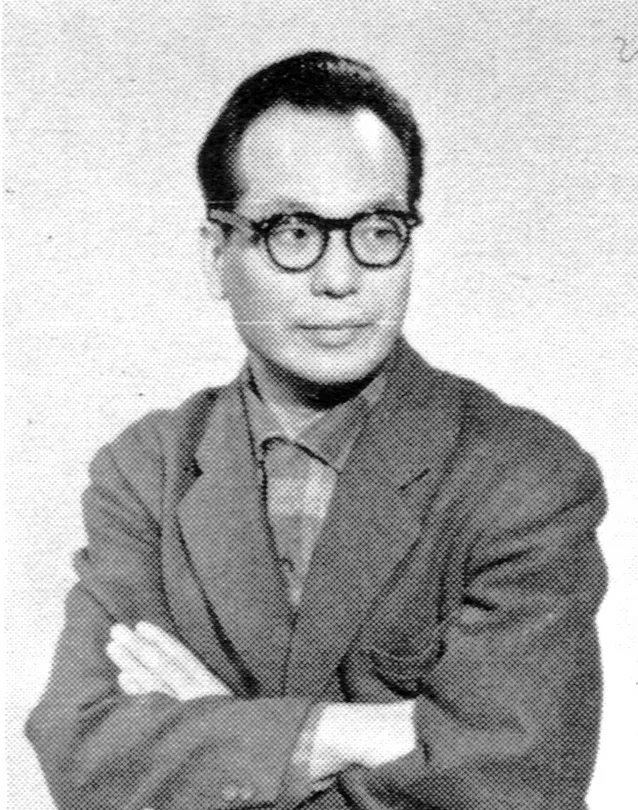As a champion of graphic design history, I was thrilled to find the upcoming book "Penrose 1964-73: The Herbert Spencer Years," a captivating visual anthology dedicated to honouring Spencer's legacy as a trailblazer in modern typography. Spanning 288 pages, this book commemorates Spencer's influential editorship at the Penrose Annual from 1964 to 1973.


